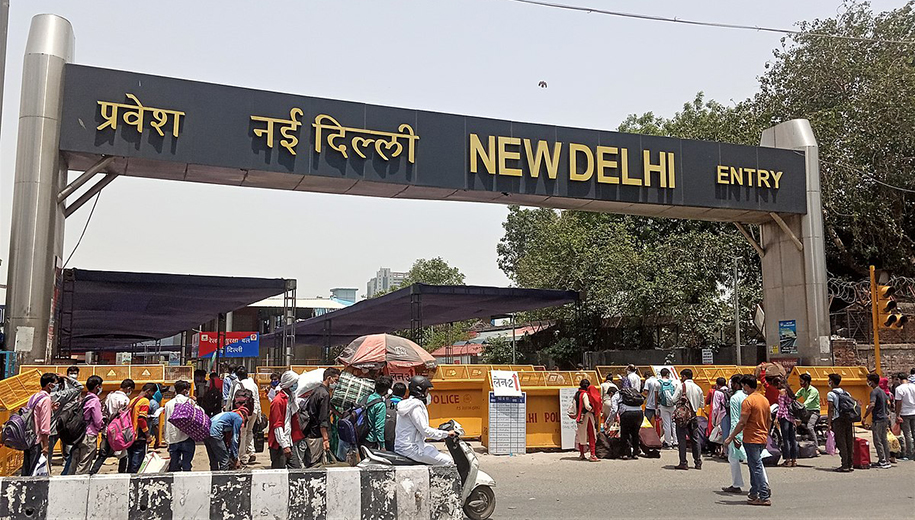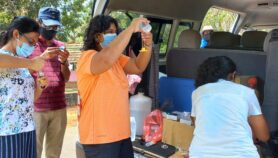07/07/20
COVID-19 gets to India’s villages via migrant workers

By: Ranjit Devraj
Send to a friend
The details you provide on this page will not be used to send unsolicited email, and will not be sold to a 3rd party. See privacy policy.
[NEW DELHI] India’s lockdown may have hastened spread of COVID-19 to rural areas as millions of migrant workers, trapped in the big cities, ended up being exposed to the virus — which they carried into their distant villages when finally allowed to return.
Pavitra Mohan, co-founder of Aajeevika Bureau, a non-profit that provides healthcare to migrant workers in the desert state of Rajasthan, is clear that the lockdown, from 24 March to 4 May, contributed to the spread of the virus into India’s vast hinterland, where nearly 70 per cent of the country’s 1.3 billion people live.
“Allowing migrant workers a chance to return home using the road and railway networks, before imposing the lockdown on 24 March, would certainly have helped contain the virus within the metropolises and urban centres”
Pavitra Mohan, Aajeevika Bureau
The lockdown, declared with only a four-hour notice, left some 200 million migrant workers stranded in cities. Suddenly unemployed and evicted by their landlords, they were left with little choice but to start marching home. Administrations also failed to recognise that migrant workers generally live in cramped quarters, where physical distancing is impossible, and they have little access to healthcare. Hundreds perished along the way from starvation, exhaustion or being struck by speeding vehicles on the highways and by goods trains on railway tracks.
A study done by Aajeevika Bureau on migrant workers who managed to return to Rajasthan in the early phase of the lockdown from 24 March to 15 April showed that none of them were infected. In contrast, many of those who returned to Rajasthan after 4 May, when the government allowed movement, were found carrying the virus.
The study provides a template to track the movement of the virus and also takes a closer look at the plight of millions of migrant workers who moved back from the cities to their homes in the other major labour-sending states of Uttar Pradesh, Bihar, Madhya Pradesh, Orissa and Jharkhand.
“Migrants who were held back in the cities when the COVID-19 pandemic was raging there picked up the infection, and when they were allowed to go home carried the virus to the rural areas of Rajasthan and to other labour-sending states,” Mohan said.
“Allowing migrant workers a chance to return home using the road and railway networks, before imposing the lockdown on 24 March, would certainly have helped contain the virus within the metropolises and urban centres,” says Mohan.
According to Mohan, migrant workers are wary of returning to the cities after such shabby treatment, preferring meagre earning from smallholder farming to the unhealthy, slave-like conditions offered them there.
On the positive side, the sudden shortage of labour in the cities has compelled employers and authorities to finally recognise the value of migrant workers and consider providing them just remuneration and better living conditions.
This piece was produced by SciDev.Net’s Asia & Pacific desk.













